Ultimate Showdown: HDPE Pipe vs. PVC
When it comes to choosing the right piping material for your projects, considering factors such as durability, cost-effectiveness, and environmental impact is paramount. Among the various options available, High-Density Polyethylene (HDPE) and Polyvinyl Chloride (PVC) pipes consistently emerge as the most popular choices. But which one is truly the winner in the ultimate showdown? In this blog post, we will delve deep into the HDPE Pipe vs. PVC debate, breaking down their key characteristics, benefits, and applications to help you make an informed decision.
Section 1: HDPE Pipe - Strength and Sustainability.
HDPE Pipe (High-Density Polyethylene) is renowned for its exceptional strength and durability. Constructed using high-density polyethylene resin, these pipes exhibit excellent resistance to chemical corrosion, weathering, and abrasion. The result is a long-lasting and reliable piping system that requires minimal maintenance over its extensive lifespan.
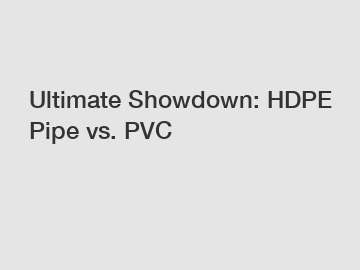
Notably, HDPE pipes have a unique ability to withstand high-pressure applications, making them ideal for industrial uses. Whether it's carrying water, gas, or other fluids, HDPE pipes remain unaffected by extreme temperatures and offer immense flexibility, reducing the risk of pipe failure.
Moreover, HDPE is a recyclable material, contributing to its sustainability. It is designed for ease of installation and requires fewer joints, reducing the chances of leaks and minimizing the overall environmental impact. Factors like these make HDPE pipes the go-to choice for large-scale infrastructure projects, as well as residential and commercial applications.
Section 2: PVC - Versatility and Cost-Effectiveness.
Polyvinyl Chloride (PVC) pipes have long been favored for their versatility and cost-effectiveness. PVC pipes are lightweight, easy to handle, and boast excellent resistance to corrosion and chemical reactions. These properties contribute to their increasing popularity in plumbing, irrigation, and drainage systems.
PVC pipes are available in a range of sizes and diameters, making them incredibly versatile for various applications. They are suited to both above-ground and underground installations, and their smooth interior surface enhances fluid flow, reducing energy consumption.
Another key advantage of PVC pipes is their cost-effectiveness. PVC materials are often less expensive than HDPE, making them an attractive option for projects with budget constraints. Furthermore, PVC pipes require minimal maintenance, translating into long-term cost savings.
Section 3: The Application Battle - HDPE vs. PVC.
Additional reading:Is POM and Delrin same?
How much does injection molding cost?
How many types of rubber sheets are there?
What is the best way to join HDPE?
PVC vs Polyethylene: Unveiling the Differences & Which is Best for Your Project
What is rubber cow mat?
Discover the Ultimate Benefits of HDPE Pipes in Singapore!
While HDPE pipes excel in some areas and PVC pipes in others, it is essential to consider the specific requirements of your project to make an informed decision.
For applications requiring superior tensile strength, impact resistance, and longevity, HDPE is unrivaled. It finds extensive use in water and wastewater distribution systems, gas pipelines, mining, and industrial setups.
On the other hand, PVC pipes are notable for their compatibility with drinking water systems, sewer lines, agricultural irrigation, and stormwater management. Their affordability and versatility make them an attractive choice for residential and rural applications.
Conclusion: Making the Right Choice.
In the ultimate showdown between HDPE and PVC pipes, there is no definitive winner as both materials possess unique qualities that suit different projects. The decision ultimately lies in evaluating your specific requirements:
- If durability, resistance to extreme conditions, and environmental sustainability are paramount, HDPE pipes should be your go-to choice.
- For versatility, cost-effectiveness, and compatibility with various applications, PVC pipes emerge as the ideal option.
It is crucial to consult with industry professionals and weigh the factors that align with your project needs before making a final decision. Remember, each project is unique, and selecting the right piping material is pivotal in ensuring the long-term success of your undertaking.
In conclusion, the HDPE Pipe vs. PVC debate revolves around excellent durability vs. versatility and cost-effectiveness. Understanding the strengths and limitations of each will help you choose the ideal choice for your projects.
For more information, please visit ring stiffness of hdpe pipes, mdpe meaning, pipeline floats.
Additional reading:Which PTFE Tube Color is Best for Heat Resistance?
Revolutionize Your Projects with Our Hot Sale Oem PP Extrusion Plate - Your Ultimate Solution for Superior Performance!
Which fabric rubber oil seal distributor provides the best prices?
What are the top 10 HDPE uses for businesses in the purchase stage?
What is the rate of HDPE pipe?
Ultimate Guide to 10mm Thick Rubber Sheets
PVC vs HDPE: Which is the ultimate choice for B2B buyers?
133
0
0
Related Articles
-
55
0
0
-
57
0
0
-
The Ultimate Guide to O Ring Oil Seals: Everything You Need to Know
The Ultimate Guide to O Ring Oil Seals: Everything You Need to Know.
142
0
0
-
53
0
0
-
52
0
0
-
52
0
0
-
53
0
0
-
35
0
0


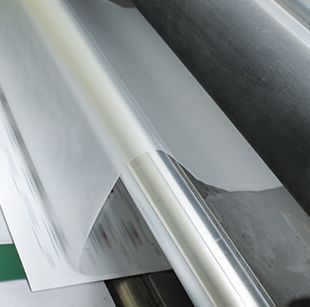
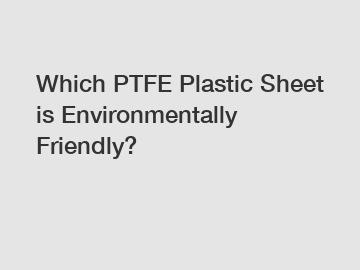
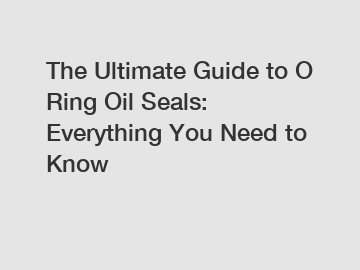
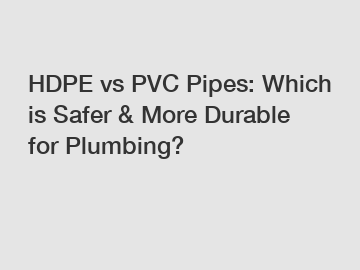
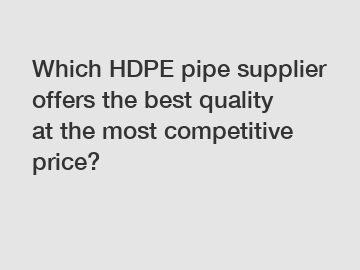
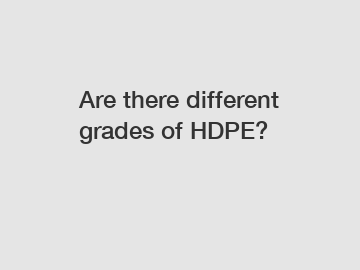

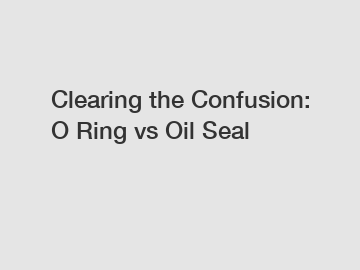
Comments
All Comments (0)